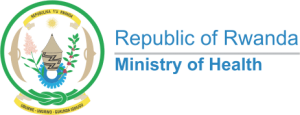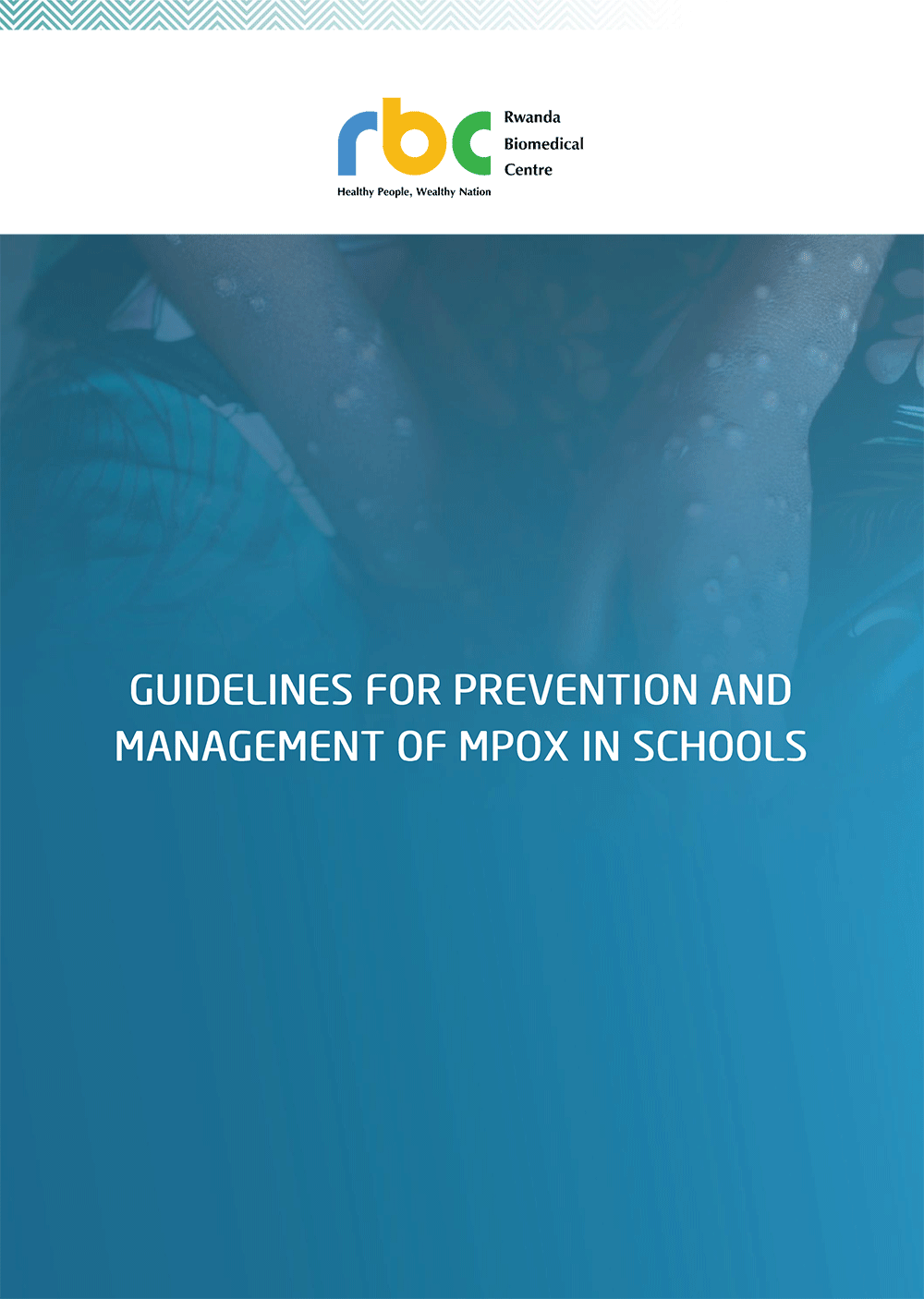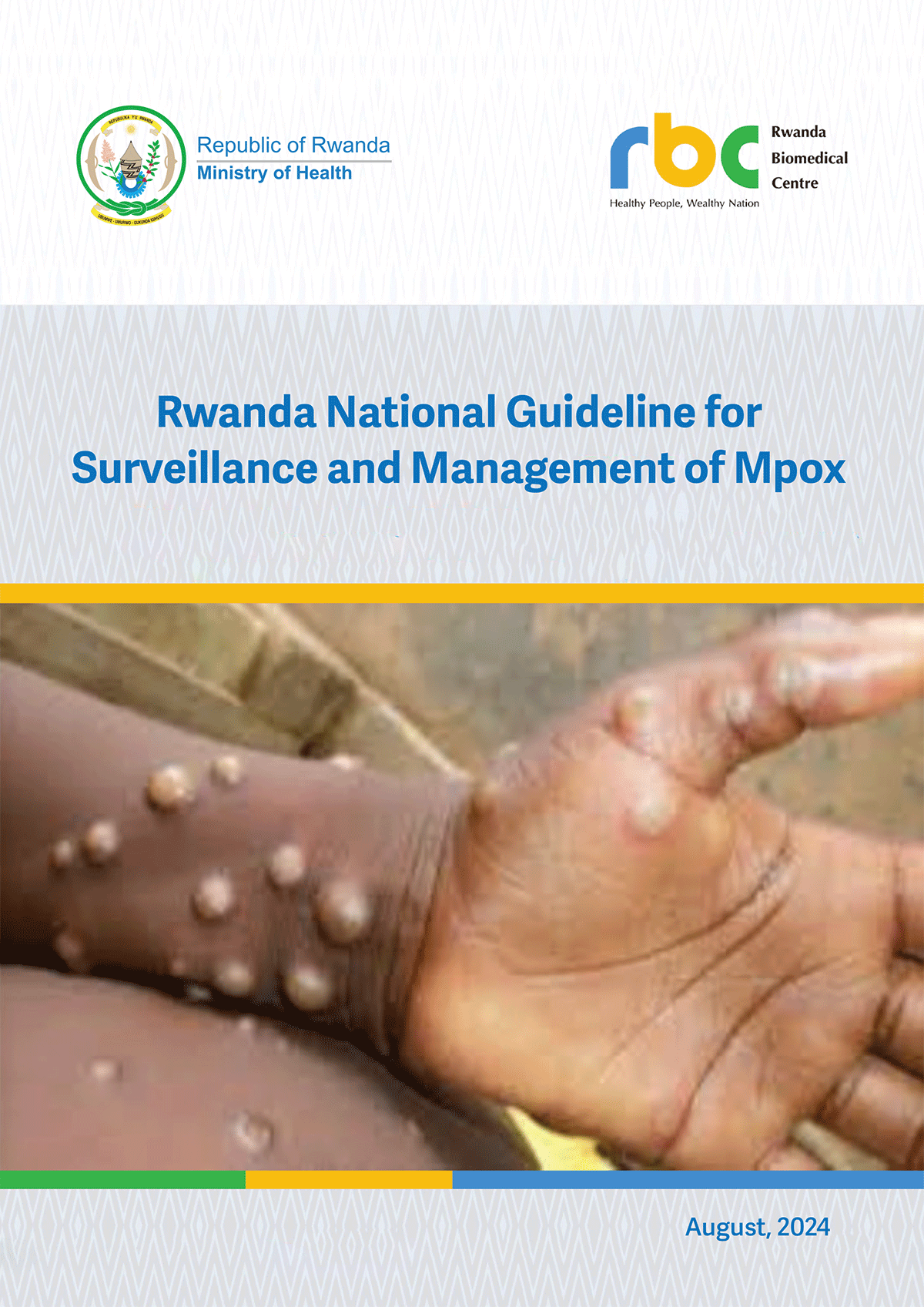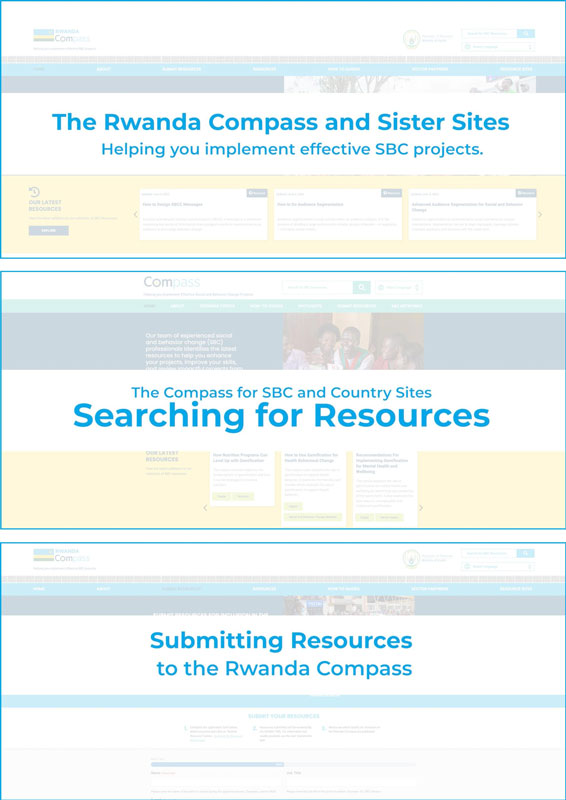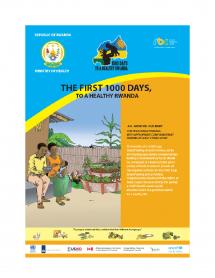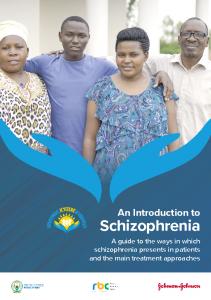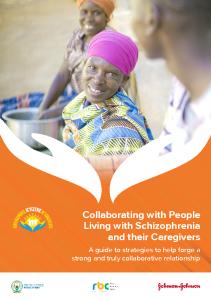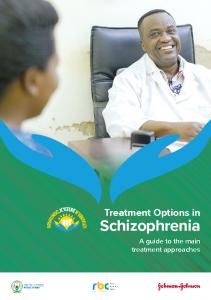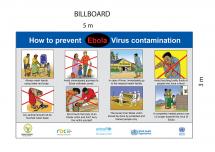Treatment Options in Schizophrenia: A Guide to the Main Treatment Approaches
Year of Publication: 2022
This booklet accompanies one of a series of four videos featuring a senior Rwandan psychiatrist. The videos were created to support healthcare professionals (HCPs) to ensure that they can confidently support patients with schizophrenia to achieve the best outcomes.
This video covers the topic of treatment options for schizophrenia.
Each of the four video modules is described below.
Module 1: Treating Schizophrenia: A summation of clinical practice guidelines around diagnosis, initial evaluation, and treatment
Module 2: FGAs and SGAs: What You Need to Know: Serves as a refresher on Second Generation Anti-psychotics (SGAs), compares FGAs to SGAs, emphasizes the benefits of different choices available
Module 3: Collaborating With Patients: A tutorial on communicating, active listening, and goal setting with patients to optimize treatment
Module 4: Preparing for a Better Future: A guide to help HCPs improve long-term outcomes that focuses on relapse prevention and adherence to treatment
Distribution will be to psychiatrists and psychiatric nurses in the (12) national and provincial hospitals in the first phase and more broadly in the longer-term.
The script accompanying the video can be found here.
Aka gatabo kakozwe na Minisiteri y’Ubuzima mu Rwanda ifatanyije n’umufatanyabikorwa wayo Johnson&Johnson.
Ukoresha kano gatabo azakuramo ubumenyi bw’ibanze ku makuru akeney nk’umunyamwuga azamufasha kuvura umurwayi wa shizofreniya ndetse binamufashe guhitamo neza uburyo buhamye mu kuyivura.

